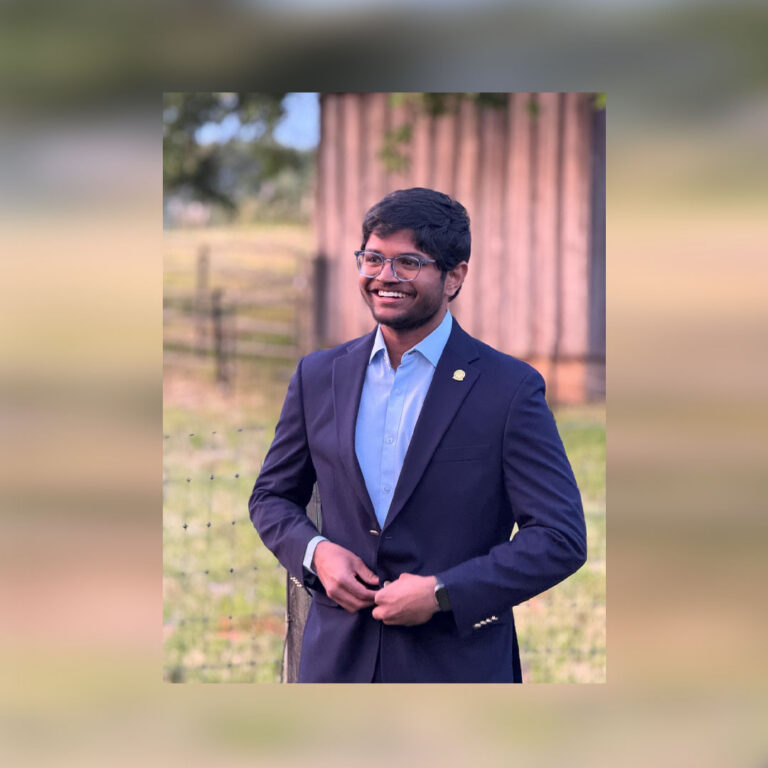Working Upstream!

The College of Social and Behavioral Sciences announces a new Doctor of Social Science in Prevention Science.

A parable known as “The River Story” or “The Upstream Story” has often been used as a common way to describe the prevention of social or health issues before they occur. Here’s one version:
Writer, educator and clinical epidemiologist Dr. W. Sumner Davis wrote: “Imagine a large river with a high waterfall. At the bottom of this waterfall hundreds of people are working frantically trying to save those who have fallen into the river and have fallen down the waterfall, many of them drowning. As the people along the shore are trying to rescue as many as possible, one rescuer looks up and sees a seemingly never-ending stream of people falling down the waterfall and begins to run upstream. One of the other rescuers yells, ‘Where are you going? There are so many people that need help here.’ To which he replies, ‘I’m going upstream to find out why so many people are falling into the river.’”
There have been variations of this story but all highlight the need to address the root causes of problems and keep individuals, families and communities from continually “falling in or being pushed in the river.” The Doctor of Social Science in Prevention Science is designed to do just that. This degree focuses on the interdisciplinary applications of the social and health sciences to complex, real-world problems of direct concern to individuals, families, organizations, communities and society. There are many key areas where prevention science can be beneficial to individuals, families, peers, communities and society, including sexual health and teenage pregnancy, HIV/AIDS, obesity, diet/nutrition, exercise, chronic illness, substance misuse, violence, accidents, suicide, mental illness and delinquency.
Prevention scientists get to the root causes of issues by examining risk and protective factors. In “The River Story,” the risk factors could be lack of protective barriers at the top of the waterfall or lack of knowledge about how to swim. Protective factors could include putting up adequate barriers and teaching individuals to swim. Prevention scientists would also evaluate existing programs, policies and practices. Perhaps individuals are learning how to swim, but the education isn’t adequate or doesn’t match their learning styles — or the protective barrier exists but isn’t sturdy or tall enough.
Based on the results, prevention scientists then make recommendations for new policy or practices or improving existing programs. Do we need to build stronger, higher protective barriers or revise the way we teach how to swim? Prevention scientists also create new evidence-based/evidence-informed prevention programs, practices and policies when warranted. They might ask questions like “Why were individuals falling into the water? Were there mental health or substance use issues?”
Some people choose to address problems of delinquency and crime, mental health or poverty by working downstream; good people are needed at all points in the process. But can you picture yourself as someone checking upstream and asking, “Why is this happening? Why does it keep occurring? How might we prevent this from continuing?” If so, prevention science is the field for you! Wu
For more information, visit www.wilmu.edu/behavioralscience.
— Debra Berke



